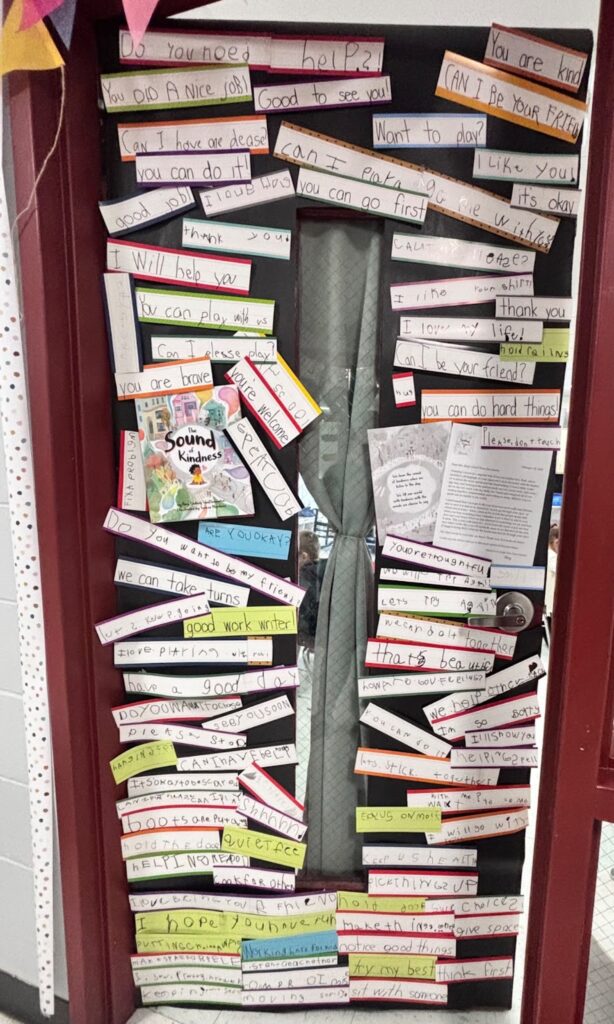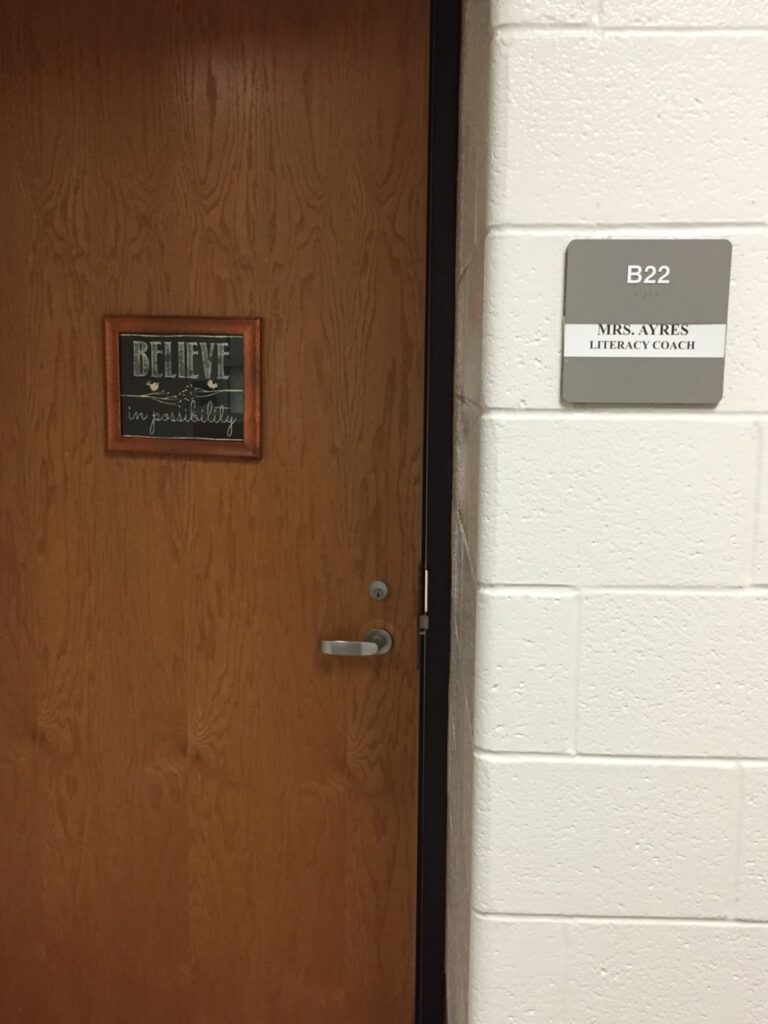When you change the way you look at things, the things you look at change.
—Wayne Dyer
When I decided to eat more protein, there was suddenly more information about protein in my life. My Monday walking buddy told me about a new recipe full of protein that became her go-to afternoon snack; my favorite nutrition website featured a spotlight on the importance of protein; my colleague told me about the addition of collagen to her morning coffee.
I went from not thinking about protein to having it bombard all parts of my life. Has this happened to you? You decide you want to get a new pair of shoes, and suddenly you see them on everyone else’s feet. You want to update your landscaping, and suddenly it seems like everyone is using the same color of mulch that you want.
This is attentional bias.
Attentional bias is our tendency to pay attention to some things while ignoring others. Let’s imagine you are in a meeting about a student who has been exhibiting challenging behaviors. Around the table are the student’s parents. The father is a nurse, and the mother cleans office buildings. There is a classroom teacher, a special education teacher, a mental health therapist, and a principal. Each of these people is going to have a different theory about why the child is behaving in challenging ways.
- The father may believe it is because of a change in diet.
- The mother wonders if there is mold in the father’s new home.
- The teacher thinks it is because the students’ best friends are in another class.
- The special education teacher considers a learning disability.
- The mental health therapist may think it is a result of the parents’ recent separation.
- The principal considers if it is a difficult adjustment to the expectations of a new grade level.
Bias plays a role in everything we do. This is not something to be ashamed about, but it is important to recognize. For example, I have a deep understanding of the way a trauma history affects behavior. I need to be aware that I have a bias for seeing trauma responses and recognize that although some behaviors could be a trauma response, they could also be stemming from another cause.
The things we pay attention to influence the way we see every situation. For example, if you have a constant stream of negativity in your social media feeds, text messages, and mealtime conversations, then you will likely experience persistent negativity. On the other hand, if you are always looking for good vibes, then you will usually find good things happening.
Don’t be too quick to judge these scenarios, because they both have a propensity for difficulties. If someone is persistently negative, they can become desensitized to good situations and experiences. They may see a student as lazy or attention-seeking, rather than as someone who is feeling stressed or anxious.
Equally difficult is someone who sees the world through a positive lens. In this situation, people lack the ability to be vulnerable and navigate situations in an authentic way. They may gloss over challenging situations because everything is just great.
We can see the way attentional bias is at play, and how if we don’t pay attention to what we pay attention to, we can have a difficult time supporting students and teachers.
Understanding that attentional bias is part of being human, I’ve been paying attention to what others are paying attention to. One place this shows up in schools is on classroom or office doors or bulletin boards.
I’ve been paying attention to doors and bulletin boards in schools and have been enamored with the way they send messages about what is valued in the classroom. Here is a fifth-grade door I discovered.

A door can send a message about the things that are valued in a classroom.
At first glance, the message is clear that it is important to be prepared when you enter this classroom. There are also many items to remember, and you need different things for different subjects. The straight lines and clear delineation between subjects makes me think the teacher values order.
Here is a door from a kindergarten classroom.

What messages does this door send?
At first glance, this door seems more chaotic than the fifth-grade door. As I lingered, I saw a cover of the picture book The Sound of Kindness by Amy Ludwig VanDerwater. Next I noticed the invitation to pay attention to the sound of kindness. As my eyes roamed the door, I noticed that each of the strips contained kind words and was written in different handwriting.
This teacher values each child’s voice. She values the power of written communication, and she honors the development of young children’s writing skills. She also empowers her students to pay attention to kind words.
You should try this, too. Take a walking tour of your school and notice the things that are on doors or bulletin boards. What do they tell you about the educator behind the door?
Now check your own space. As you near your office or classroom, what messages are sent about the things you value? How can you use the space to send clear messages about literacy leadership?
Let’s not make this more complicated than it needs to be. It can be as simple as a three-word mantra, like I posted one year on my office door in a middle school.

Use your door as an opportunity to share your values and inspire others. As leaders, we are change makers. We can leverage attentional bias to help make change positive and joyful in our schools.


